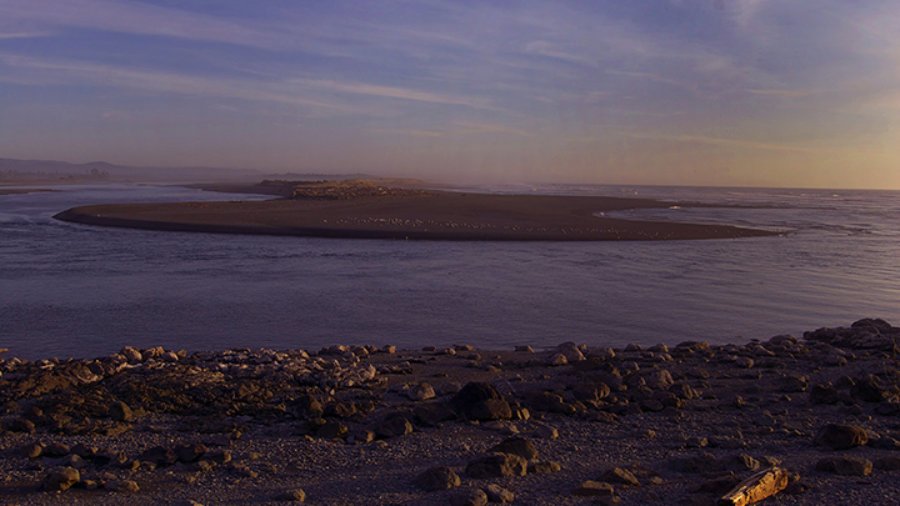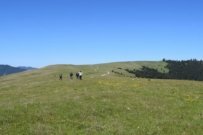If you’re an endangered salmon or tidewater goby, the estuary of the Smith River, in the far northwestern corner of California, should be the ideal home. An estuary is a fragile yet incredible fecund reach of a river, giving life to a sometimes dizzying diversity of fish, animals, plants and birds.
The estuary of the Smith River, in particular, should be ideal because it anchors the Wild and Scenic Smith River. Superlatives describing the Smith River watershed are inexhaustible and in no way overstated. The Smith is unique among coastal rivers in the United States, and there are few watersheds like it remaining in the world’s temperate zones. The Smith River anchors the Klamath-Siskiyou Bioregion, one of the most biologically intact, and important, large and untrammeled ecosystems left in the world. The Klamath-Siskiyou provides high quality habitat for endangered species even while ecosystems up and down the West Coast of the United States continue to be degraded by human activity. And it’s stunningly beautiful.
–The Smith River is the wildest and cleanest river in the country outside of Alaska — indeed, it is one of the cleanest rivers in the world.
— The Smith is the only major undammed river in California.
–The Smith River watershed contains a higher percentage of unlogged, original ancient forest ecosystem than any other river in California.
–The Smith River contains more stream miles federally designated “Wild and Scenic” than any other river in the United States.
–Smith River salmon and steelhead runs are legendary. Some of the largest Chinook salmon (greater than eighty pounds) have been found on the Smith, and the Smith holds the state record for the largest steelhead ever caught (27 pounds).
One would think, then, that the vital and beautiful Smith River estuary would be afforded high levels of scrutiny, and enforcement, from public trust agencies charged with protecting habitat and natural resources in California and the United States. Indeed, the U.S. Fish and Wildlife Service and National Marine Fisheries Service, and the California Department of Fish and Wildlife and the North Coast Regional Water Quality Control Board, have produced some excellent documentary evidence of the Smith River estuary’s important biological function and threats thereto. But action to halt the illegal impacts to the estuary have not been forthcoming.
Although habitat simplification (diking, channeling with levees, removal of riparian forests, stream blockages) has significantly impacted the Smith River estuary, if there were one human impact that could prove to be the undoing of the ecosystem it would be the annual application of 300,000 pounds of highly toxic pesticides to grow Easter lilies on bottom lands that surround the estuary.

A spray rig applies the fungicides copper hydroxide and chlorothalonil, a carcinogen, onto lily fields adjacent to Smith River Elementary School.
Since 2001, Siskiyou Land Conservancy and our predecessor, the Smith River Project, have led efforts to reduce and eliminate this pesticide use. We have achieved some results. In 2010 and 2013, the California North Coast Regional Water Quality Control Board, acting on demands by Siskiyou Land Conservancy, tested surface waters that run through Easter lily fields and feed the Smith River estuary. Water Board scientists found “acute (and) chronic reproductive toxicity,” meaning that invertebrates that make up the basis of the salmonid food chain cannot reproduce in (“chronic”), nor even survive in (“acute”), these waters. State scientists also found ten pesticides in surface waters, and copper levels that were twenty-eight times higher than allowed by state law. (Smith River lily farmers apply 40,000 pounds of Class I copper products each year.) This is an almost unprecedented abuse of a critically important ecological refuge in the United States. More information.

